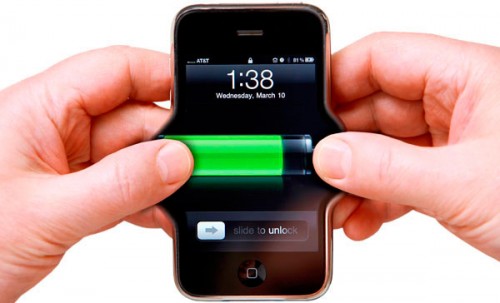If there is one thing I don’t like it is getting an injection. I have never had a flu shot (but never had the Flu) and part of the reason is the needle effect.
This may all be coming to an end though as scientists here at MIT have devised a way to inject medicine without a needle. See this article for a description.
This is not the first time that such a development has been publicized, but a technological and practical leap forward has been made. The MIT system is new in that it can deliver medicine at different depths. This means that medicines can now be inserted into muscle or fatty tissue at will and with ease.
The system uses magnets to achieve delivery, and this is the breakthrough that makes the system so interesting. Needle-less systems have been available for some years now, but they tend to rely on compressed air and are not flexible in terms of pressure. They medicine enters the body but the depth is not variable.
The MIT device works electrically and the pressure is absolutely flexible, allowing the operator to change the pressure of entry but then also lower it to enable distribution to the surrounding tissue. In other words lower pressure can be used to pass through the skin of a child, a process that does not require the same force as passing through an adult’s skin. The pressure can then be lowered to enable the distribution of the medicine to the surrounding cells once already in the body.
This breakthrough means that medication can be passed through other parts of the body too, for example through the eye tissue and directly into the retina or through the ear drum.
As you can see the importance is not really in my dislike of needles but in the loss of the needle.
Needle injuries are common for health workers, and with this system they are removed from the equation once and for all. No more accidental cross infections!
There are also obvious advantages for people that have to inject themselves daily for example in the case of diabetes.
Several major drugs companies have expressed an interest in developing and marketing the product so it looks like the days of the needle might be numbered.
I don’t know if it still hurts a bit though.


